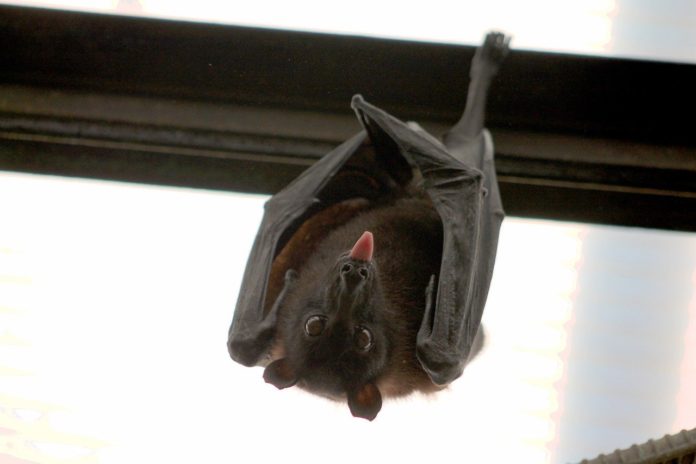Scientists at the nonprofit EcoHealth Alliance are warning of the risk of an outbreak of a Nipah virus infection. Like SARS-CoV-2, the carriers of this virus are bats. Once transmitted to humans, it kills more than 70% of those affected.
A distant relative of measles, the Nipah virus causes inflammation of the brain in humans, often leaving those infected in a coma. At the moment, it does not have any vaccines or proven medical remedies. It was identified as one of the World Health Organization’s highest priority pathogens for vaccine development.
Researchers from the EcoHealth Alliance are warning of the annual outbreaks of the Nipah virus that occur throughout Bangladesh.
The study, published in the US journal Proceedings of the National Academy of Sciences, found that the strains of this virus that cause outbreaks among humans mirror the strains carried by local bats.
“Nipah circulates regularly in large fruit eating bats throughout many parts of Asia, but human outbreaks can only occur where there is a route of transmission from bats to humans”
says EcoHealth Alliance Vice President for Science and Outreach Dr. Jonathan Epstein
The risk of transmission is not limited by geography as well as human behavior.
“This is a virus that spreads from person to person and is lethal in three quarters of those it infects, which is why we have to pay close attention to it and do what we can to prevent outbreaks”
the scientist added
Nipah outbreaks are related to the consumption of raw date palm sap, as well as to infection through an intermediary such as domestic animals, in particular pigs.
Nipah outbreaks are linked to the consumption of raw date palm sap, as well as infection through an intermediary such as domestic animals, particularly pigs.
The scientists established that there were different strains of Nipah in different areas of Bangladesh. Bats carrying the virus can be infected anywhere and at any time of the year.
Outside of India and Bangladesh, outbreaks had also occurred in Malaysia, Singapore and the Philippines.
Now scientists set out to study how genetic differences in the virus can affect the severity of the disease or its transmissibility in humans.
